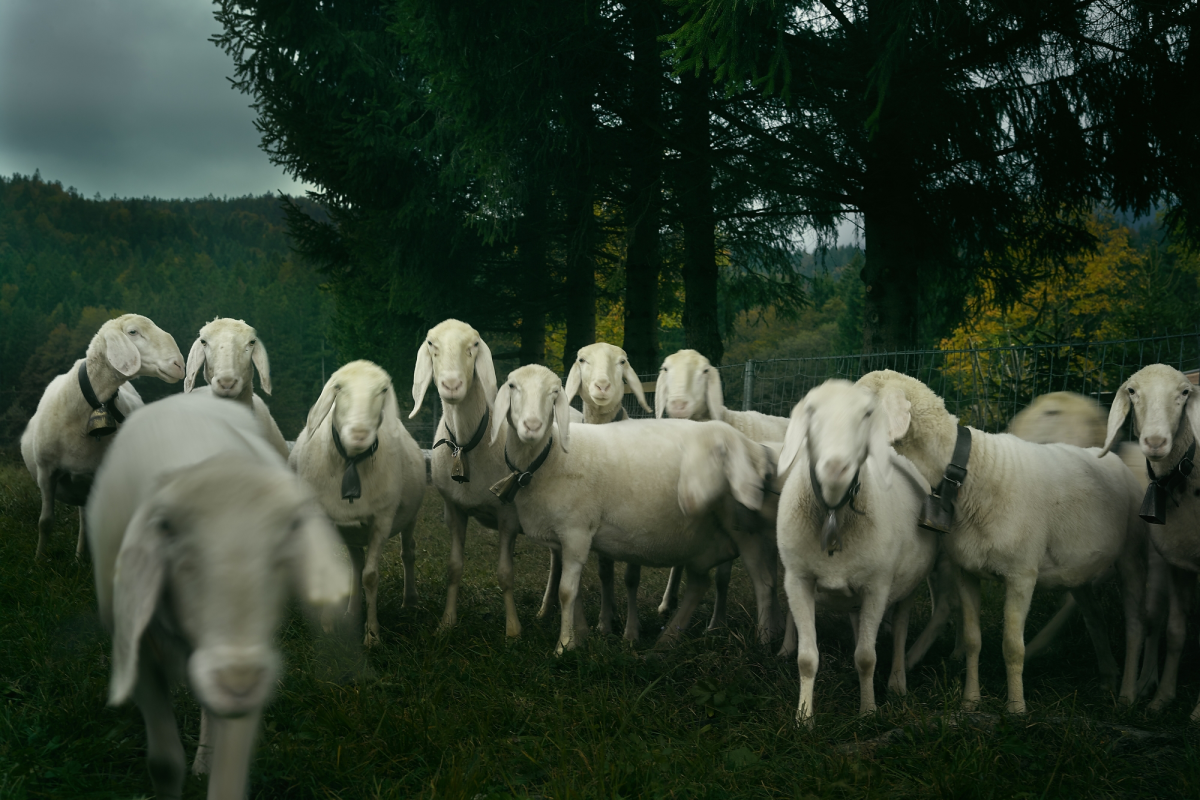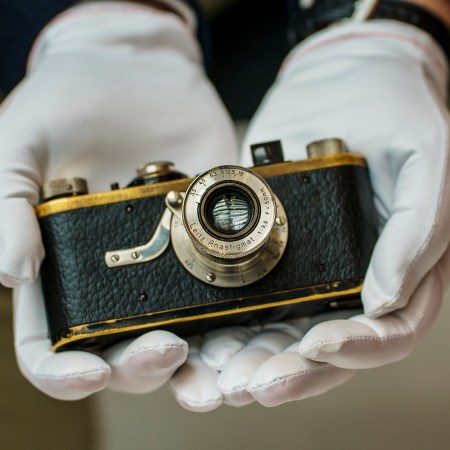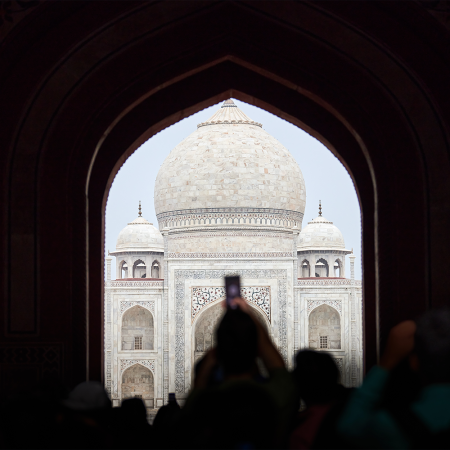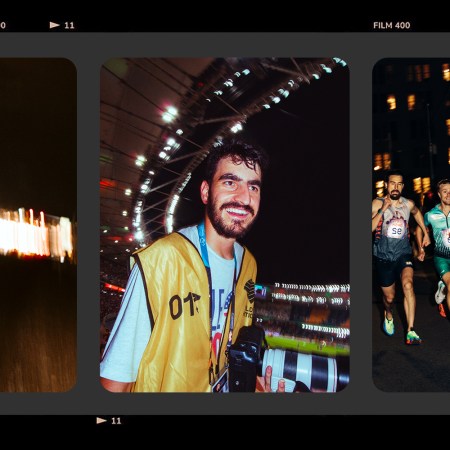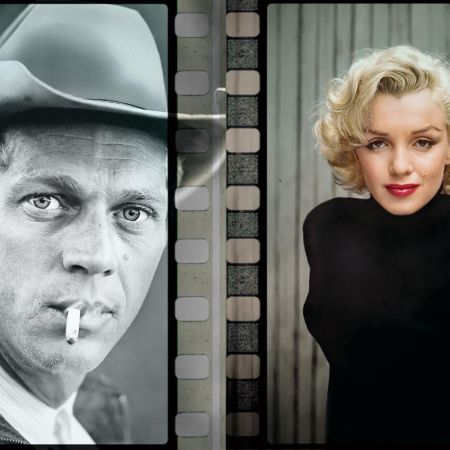In a green meadow dotted with tiny white flowers, Mr. Hofsós stares at me. The clouds behind him part to reveal a blue sky, and beneath it a mountain peaked with snow. Though short of stature, he’s proud, alert and noble, with a furry white chest and golden-yellow eyes. Thick beige horns curl grandly toward his face.
I should mention that Mr. Hofsós is a ram.
Photographed in the Icelandic county of Skagafjarðarsýsla by photographer R. J. Kern, Mr. Hofsós is one of the many dignified creatures documented by Kern in and out of his Minnesota home base since 2012. Since then, Kern’s work has been published in National Geographic, he’s been named one of the 30 New and Emerging Photographers to Watch by respected photography trade publication Photo District News (PDN) and his work has joined the collections of museums like the Museum of Fine Arts in Houston, the Center for Creative Photography and the Plains Art Museum.
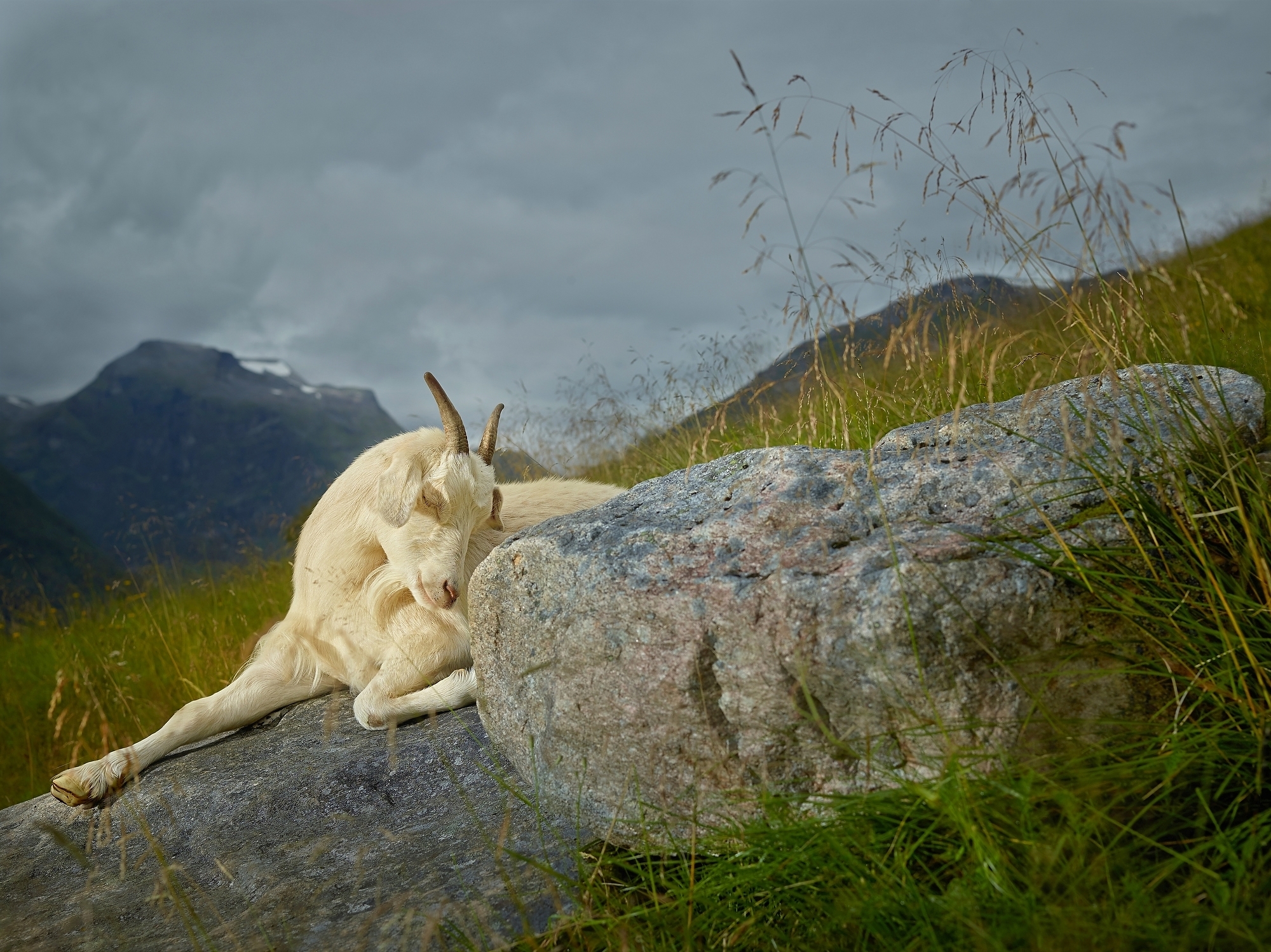
Kern’s work offers both portraiture and painterly visions of animals in pastoral settings — “pastoral” not in the sense of serenity, but rather of a life rooted in hard work. And on a less literal level, Kern’s photography functions as a commentary on how the ideas of home and place are affected by the way people and animals interact. “I find joy in creating beauty or recognizing beauty in the common. I’m not necessarily interested in the exotic,” Kern tells InsideHook.
Like Monet, he’s captivated by his own backyard, a trait that might owe to the fact that he grew up nomadically, the son of a military family. He has lived in Minnesota since 2011, the second longest he has lived in one place (after Colorado, where he lived for a decade). “I think the threads of home will always be in my work,” he says. “You view the landscape in a different lens, where you feel like an outsider and you can look at it and appreciate it versus if you grew up here your whole life.”
Kern settled into the Minnesota landscape and built a life for himself. Previously a cartographer for National Geographic and the Bureau of Indian Affairs, he found work as a wedding photographer and martial arts instructor (he is a fifth-degree blackbelt, and also owns a taekwondo school in Minneapolis). Inspired by the artistic philosophies of Chase Jarvis and Austin Kleon, he also started cultivating a personal photography portfolio. While in Ireland to photograph a wedding in 2012, Kern saw sheep and goats ranging the lush, green Irish countryside, light falling on them not unlike that in a 19th-century painting. With the lighting equipment he already had for the wedding on hand, Kern indulged in an impromptu shoot.
“They were a lot easier to photograph than a bride on her wedding day. A lot less self-conscious, shall we say,” Kern laughs. “I just found joy in it. I was driving around the countryside, there weren’t any rules, no one was telling me what to do. There wasn’t the pressure.” He only had to answer to himself. And in doing so, he stumbled upon what might rightly be called his true calling.
Traveling to Norway, Germany, Iceland and more over the next few years, Kern created images of animals in their natural, arcadian settings, which he eventually compiled in the 2018 book The Sheep and the Goats with German art-book publisher Kehrer Verlag. It was named one of “The Most Beautiful German Books 2018” by German book art foundation Stiftung Buchkunst and received Bronze placement in the German Photobook Prize competition. He also began work on a project that would become “The Unchosen Ones,” a portrait series of young Minnesotans and their competition animals that didn’t win at state fairs, and “Out to Pasture,” with images of those same animals in their native settings on the farm. National Geographic published images from both series in 2017, and “The Unchosen Ones” in particular went on to receive great recognition, like an Award of Excellence from the Communication Arts 2018 Photo Annual and the 2017 CENTER Curator’s Choice Award, which was juried by San Francisco Museum of Modern Art photography curator Corey Keller.
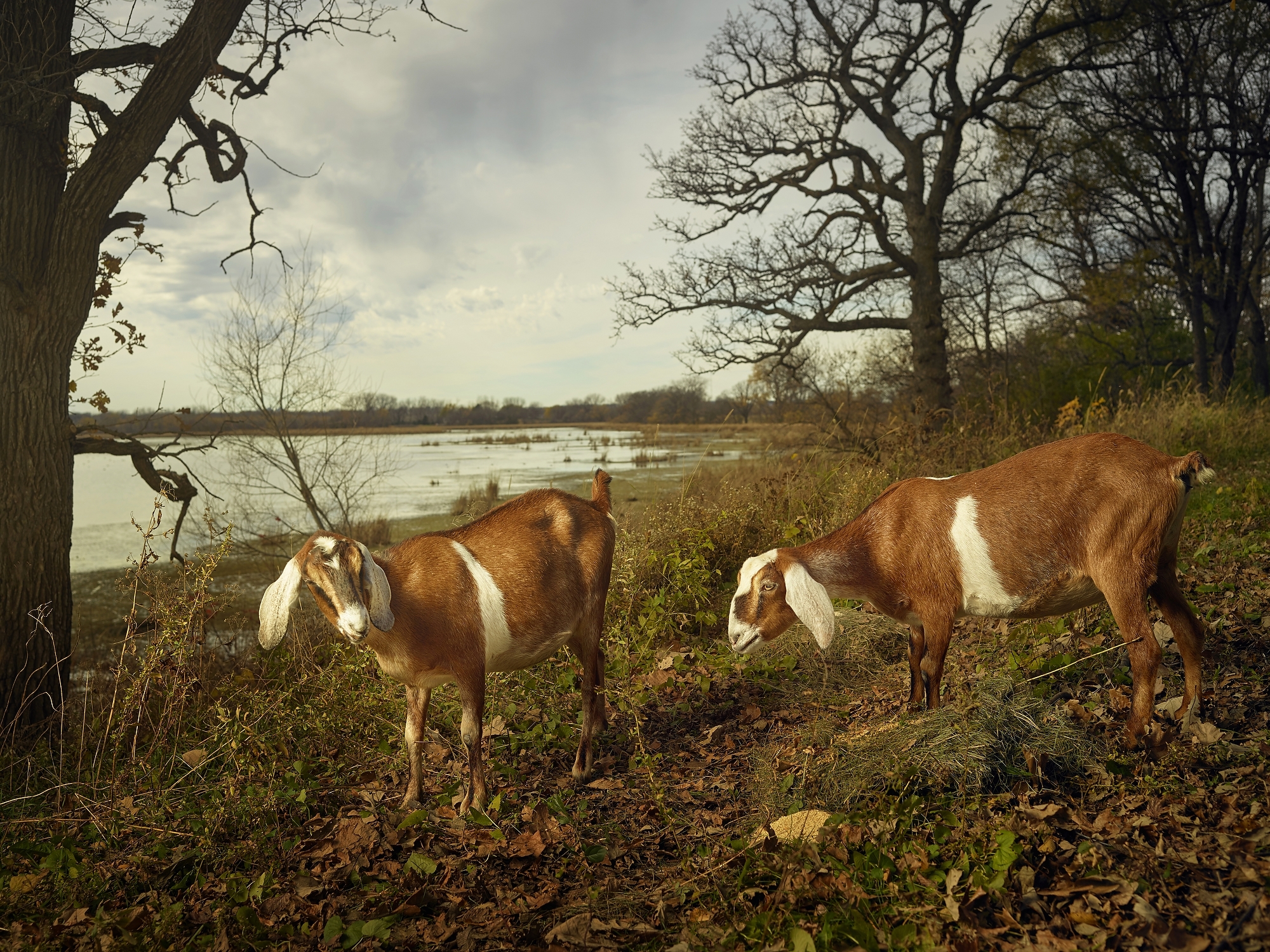
Kern’s most recent work is the collection The Best of the Best, an artist book featuring portraits of the Minnesota State Fair’s supreme champions, the absolute “best of the best” rabbits, bulls, pigs, goats, llamas, draft horses, stock dogs and more. As the Minnesota State Fair’s commemorative artist this year, Kern was given access to all of the top prizewinning beasts, which he photographed in a wedding-size tent over the 12 days of the fair. The project is a salute to the history of photographic exhibitions and animal contests at fairs, both of which began around the same time, in the mid-1800s.
Produced in an edition of only 12, the book features 12 salt prints Kern made by hand, as well as four pop-up salt prints over salt-print backgrounds. The salt-printing process is a foundational technique that dates back to the early 1830s, in which photographic paper is essentially homemade with salt water and silver nitrate, which then form the silver-chloride that will produce the image.

The bound book comes in a walnut and maple presentation box, both artisanally produced, along with a standalone image that features both salt pigmenting and archival pigmenting, a very tricky process. “It’s like mixing oil and water at times. And I draw parallels to that uncertainty … especially as it relates to breeding. You can take a supreme champion male and female and you’re not guaranteed supreme champion offspring,” Kern says. “We as humans think that we can try to control everything, including pristine edges on prints and how solutions mix and no, there’s gonna be variability, and there’s beauty in that.”
The Best of the Best retails for $5,000, and there is currently one edition in the Gorman Rare Art Book Collection at the University of Minnesota. Kern’s other artist book, which he made for The Unchosen Ones, is in the collections of The Minnesota Historical Society, The Museum of Fine Arts in Houston and the Griffin Museum of Photography, among others.
As much as Kern’s work is about analyzing part of a cultural landscape, it’s also an internal exploration. “As an adult going through transitions in terms of understanding who you are and what makes you tick as a person, I think it’s so cool to align those,” he says. One of the ways he does that is by looking at what he calls beauty “in the common” — or at least what is common to him, among the bucolic backdrops he now calls home.
“I think not necessarily being from one place, when you visit … you look at it with different [eyes] and you appreciate it,” he says. “If I grew up here, I don’t think I would be photographing the same way.”
This article appeared in an InsideHook newsletter. Sign up for free to get more on travel, wellness, style, drinking, and culture.
